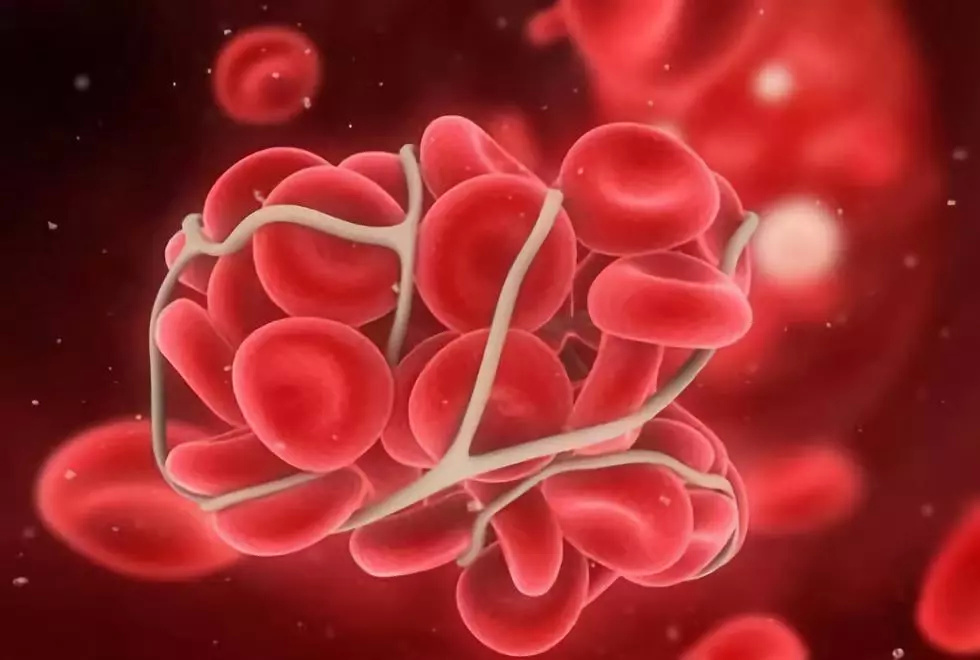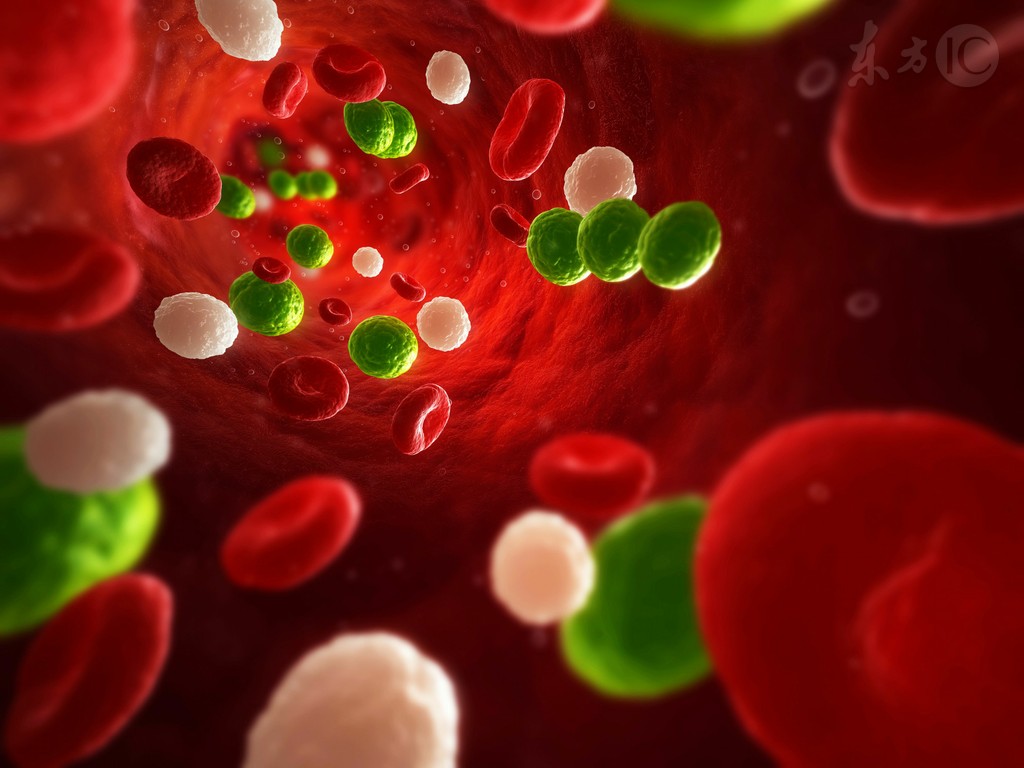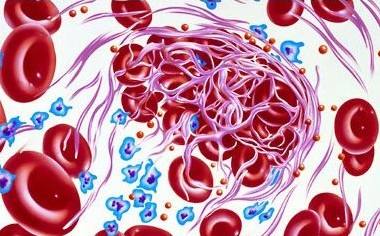Articles
-

Features of coagulation during pregnancy
In normal pregnancy, the cardiac output increases and peripheral resistance decreases with increasing gestational age. It is generally believed that cardiac output begins to increase at 8 to 10 weeks of pregnancy, and reaches a peak at 32 to 34 weeks of pregnancy, which ...Read more -

Coagulation Items Related COVID-19
COVID-19-related coagulation items include D-dimer, fibrin degradation products (FDP), prothrombin time (PT), platelet count and function tests, and fibrinogen (FIB). (1) D-dimer As a degradation product of cross-linked fibrin, D-dimer is a common indicator refl...Read more -

Coagulation Function System Indicators During Pregnancy
1. Prothrombin time (PT): PT refers to the time required for the conversion of prothrombin into thrombin, leading to plasma coagulation, reflecting the coagulation function of the extrinsic coagulation pathway. PT is mainly determined by the levels of coagulation factors...Read more -

New Clinical Application Of Coagulation Reagent D-Dimer
With the deepening of people's understanding of thrombus, D-dimer has been used as the most commonly used test item for thrombus exclusion in coagulation clinical laboratories. However, this is only a primary interpretation of D-Dimer. Now many scholars have given D-Dime...Read more -

How To Prevent Blood Clots?
In fact, venous thrombosis is completely preventable and controllable. The World Health Organization warns that four hours of inactivity can increase the risk of venous thrombosis. Therefore, to stay away from venous thrombosis, exercise is an effective prevention and co...Read more -

What Are The Symptoms Of Blood Clots?
99% of blood clots have no symptoms. Thrombotic diseases include arterial thrombosis and venous thrombosis. Arterial thrombosis is relatively more common, but venous thrombosis was once considered a rare disease and has not been paid enough attention. 1. Arterial ...Read more








 Business card
Business card Chinese WeChat
Chinese WeChat English WeChat
English WeChat